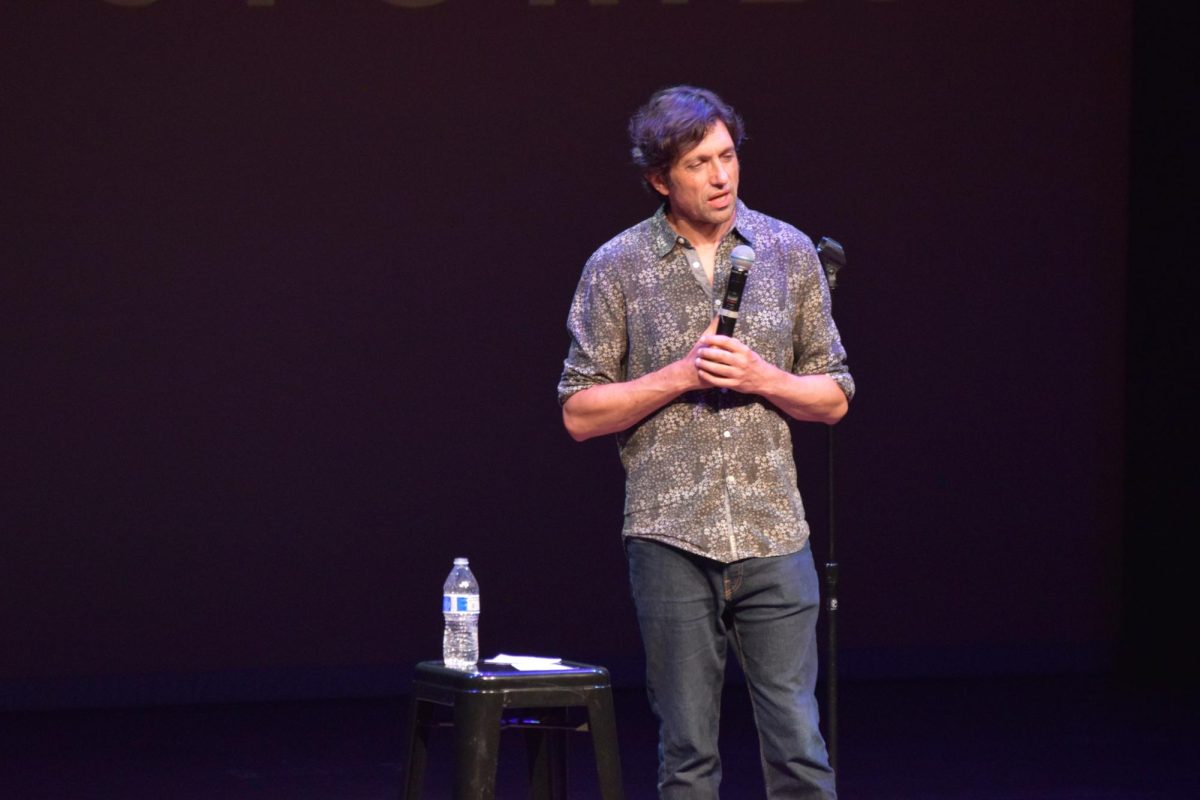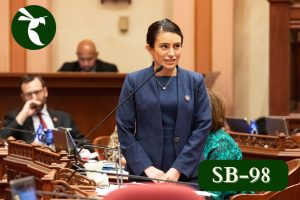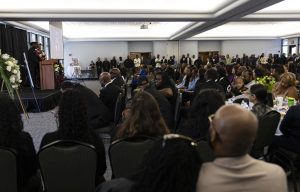CSU faces more cuts mid-year
September 7, 2011
For the California State University system, the budget pain may not have ended when Gov. Jerry Brown signed the 2011-12 budget in June.
A provision in the budget could bring $100 million in additional cuts to the CSU system this winter if the state does not collect enough taxes.
If the cut is only for this school year, though, and not permanent, it is unlikely to require a new tuition increase, said CSU spokesman Erik Fallis.
The budget cut $650 million from the CSU system this school year, but left a “trigger” mechanism in place to automatically make deeper midyear cuts if projected state revenues did not materialize. The budget assumed an additional $4 billion in revenues, primarily from sales and personal income taxes. If the estimate is short by $1 billion or more, an additional $100 million will be cut from the CSU system by Jan. 1.
The budget would also cut $100 million from the UC system, $30 million from community colleges, $248 million from various health and human services programs, and $115 million from certain public safety programs.
The move has CSU officials in limbo. Anticipating the possibility of midyear cuts is a guessing game at this point, said Sacramento State Provost Joseph Sheley.
Lawmakers did not specify if the $100 million cut would be a one-time or permanent cut to the CSU budget. It is an important distinction, Fallis said.
“Unfortunately, we have a limited number of options if you have a permanent cut,” Fallis said, adding that they include serving fewer students, raising tuition or cutting programs.
Fallis said CSU Chancellor Charles Reed has indicated he would not support raising tuition if the trigger cuts were not permanent. That would mean that the savings would have to come from cutting campus budgets. The chancellor’s office would have to determine how much to cut from each campus, and then campus officials would decide where to find those savings.
Implementing a mid-year cut would be more challenging since by the time the cuts would be announced, the CSU system will have already enrolled students to begin studying at its campuses in the spring 2012 semester, removing one option for cutting costs, Fallis said.
“Once you’ve accepted a student, you’re not going to un-accept that student,” Fallis said.
Sacramento State’s budget proposals begin with the University Budget Advisory Committee, which is made up of faculty members and administrators who make recommendations to Sac State President Alexander Gonzalez. Because the school year is just beginning, Gonzalez has not yet appointed members to fill this year’s committee, although Sheley said it will happen.
College of Health and Human Services Dean Fred Baldini, chair of last year’s budget committee, said the university’s reserve funds might be able to play a role in mitigating the effects of a trigger cut.
“Historically, the president has been very good about setting aside some money for future cuts,” Baldini said, adding that for the cut taking effect this fall, the university used some of this money to lessen its full effects, although tuition still increased.
Once Gonzalez fills the committee, he will call its first meeting, and members will begin deliberations on budget proposals.
In a statement, Gonzalez said that he was keeping an eye on the potential cut.
“If the cut comes to fruition, we will again need to figure out how we will manage,” Gonzalez said. “But the work we’ve done to reduce spending and budget very cautiously in the past few years will certainly help us if the trigger is pulled.”
Sheley expressed confidence in the committee’s ability to solve budget problems like the potential trigger cuts.
“I won’t say I’m completely unworried about this,” Sheley said, “but I’m definitely not panicked.”
The trigger mechanism is an attempt to balance the budget mid-year in the event that revenue projections prove unrealistic. Brown has often criticized lawmakers for passing budgets in past years that he says included overly optimistic revenue projections in order to produce the appearance of a balanced budget.
There are some early indications that revenue is not meeting the specified projections.
The state’s general fund had $541 million less than expected at the end of July because it received less tax revenue than anticipated. Income tax revenues were $89 million above projections, but sales tax receipts were $139.4 million below expectations. A continuance of this trend could spell trouble for avoiding mid-year trigger cuts to the CSU system.
The state Department of Finance said in its August finance bulletin it expected most of the state’s revenues to come in the form of higher payments of estimated personal and corporate income taxes, which it expects more of from December through June 2012. It is still too soon to know for sure what the state’s finances will look like when the decision comes to pull the trigger.
A key indicator will come in November and December, when the department, along with the Legislative Analyst’s Office, releases new forecasts of state revenue for the fiscal year. By then, it should be more clear if revenue is growing, or if continued economic struggles lead to tax revenue that is significantly lower than the budget assumed.
Until then, campus officials sit tight.
“I’m waiting for UBAC too, frankly,” Sheley said, knocking on wood. “Looking forward to having them tell me which way they want to go with this, and the president telling which way he wants to go.”
Sam Pearson can be reached at [email protected].
























































































































